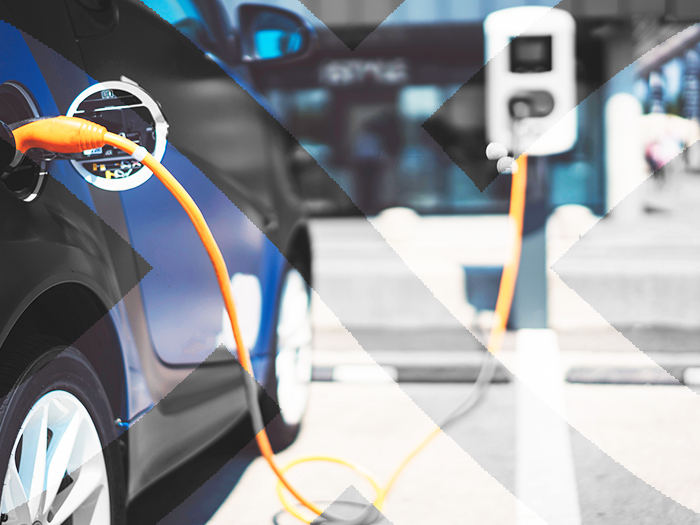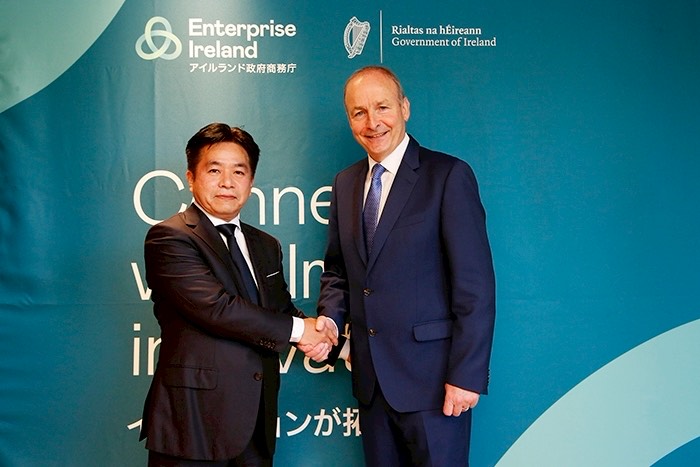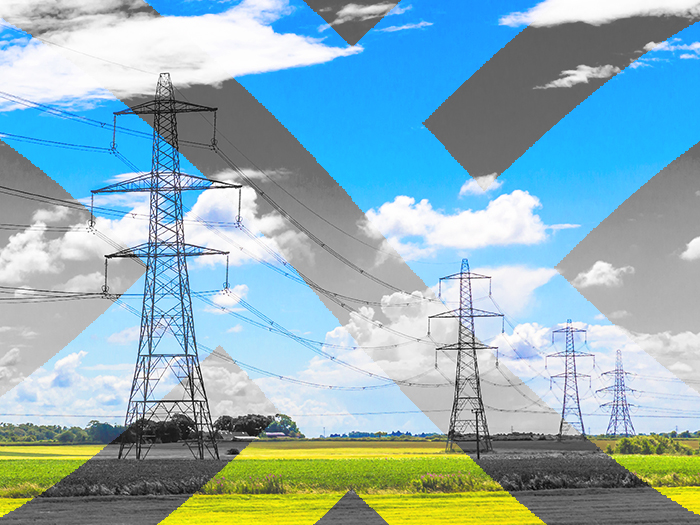News
better business decisions
Posted 3 years ago | 4 minute read

“Price levers” and smart charging needed to ensure smooth EV transition
A clear policy framework that includes “price levers” for charging behaviour is essential to incentivise the electric vehicle (EV) industry to deliver the infrastructure required to fulfil the government’s green transport ambitions, a committee of MPs has said.
In its latest Future Energy Scenarios, National Grid expects some 37.4M EVs to be on Britain’s roads by 2050. A study by the UK’s Climate Change Committee predicts that the increased electrification of the country’s economy, including the widespread adoption of EVs, could lead to a doubling of annual demand, from 300TWh in 2019 to 610TWh by 2050.
In a new report released on 28 July, the Transport Committee said the industry is confident that the market will respond to the increase in demand as a result of the transition to EVs. But it said the government must work with National Grid to identify locations where additional usage of the power networks will result in the need for infrastructure investment.
The report welcomed the government’s commitment to mandate that all new private charge points should be equipped with smart grid functionality and to introduce the relevant legislation later in 2021. However, it called on the policy-makers to go further and order the industry to use price as a lever to shift consumer behaviour away from conventional refuelling habits towards “a little but often” approach, and to incentivise consumers to charge at times when there is less demand.
Government should also introduce a zero-emission vehicle mandate as a matter of priority if it is to hit its target of 100% new zero emission vehicles (ZEVs) by 2035. This mandate would incentivise car manufacturers to steadily increase sales of zero emission vehicles towards the 2030 target and bring ZEV vehicles within reach of more consumers encouraged by cost-effective ways to support purchases compared to taxpayer-funded incentives.
MPs are also concerned about “whether the government’s current plans are enough to deliver the public charging infrastructure needed across all regions of the UK and whether it will benefit everyone”. As such, they called on the government to make public charge provision a requirement of local development and provide funding for local planning and transport bodies to hire staff with an objective to deliver charging infrastructure.
The commission also advocates for protection for drivers from excessive costs and to tackle the tax discrepancy between charging at home and using a public device.
The report comes less than a week after the Competition and Markets Authority (CMA) raised its own concerns over the slow roll-out of nation’s public charging network and an existing postcode lottery of charge points. In its research issued on 23 July, the CMA called for an increased roll-out of rapid devices so that charging an EV could be “as simple as filling up with petrol or diesel”.
The CMA urged the government to set out an ambitious strategy for rolling out EV charging between now and 2030. This must sit alongside strategies from the Scotland, Wales and Northern Ireland Governments, building on the work already being undertaken by all governments. Energy regulators should also ensure that the connection of new charge points is quicker and cheaper.
Governments should support local authorities (LAs) to boost the roll-out of on-street charging – including defining a clear role for LAs to manage the roll-out in their area and providing funding for the expertise needed for this to happen.
GridBeyond’s Managing Director UK & Ireland, Mark Davis said:
“EV adoption is an important part of the transition to a low-carbon energy future, but rapid EV uptake will also create challenges for the electricity grid.
“While action is being taken to ensure all vehicles have smart charging capability a better way is through vehicle to grid (V2G) optimisation, where EVs connected to the grid to charge can instead release power back into the grid. This would bring about numerous opportunities for consumers to play an active role in managing the electricity system and supporting the integration of volatile renewables without the need to significant investments in fossil fuel peaking plants to manage supply tightness.”








